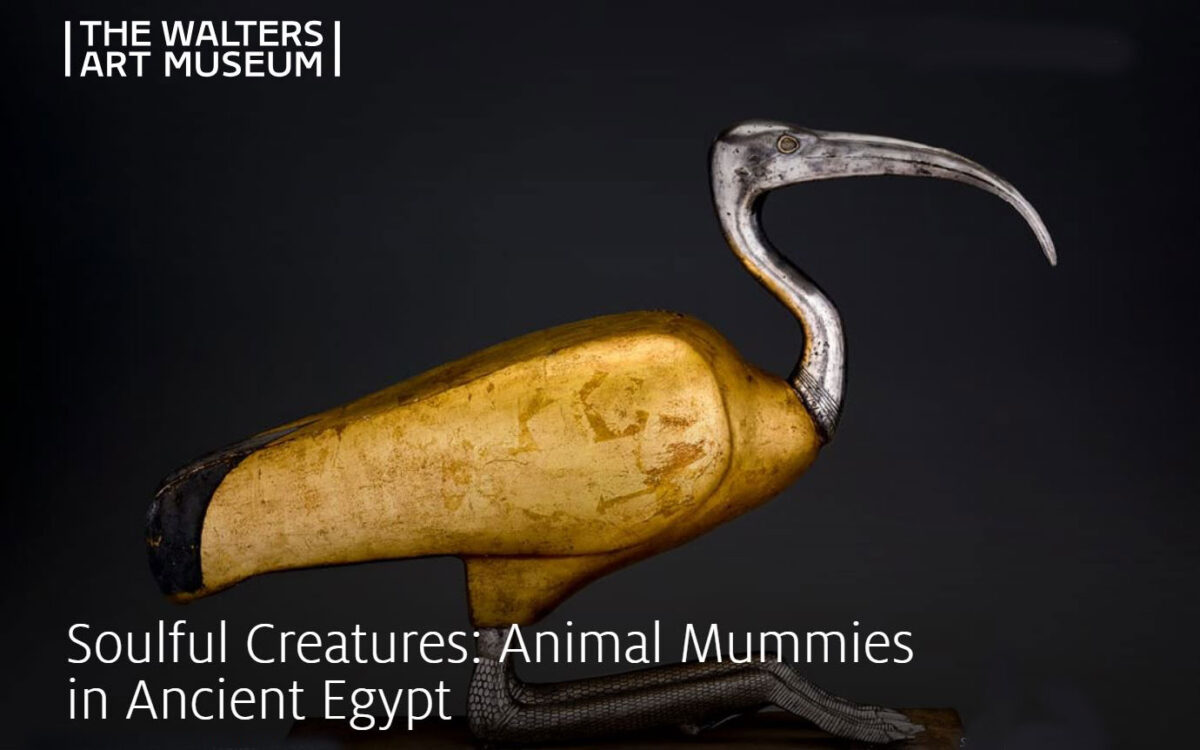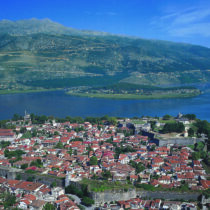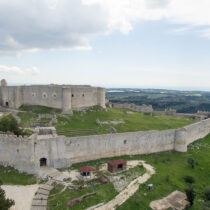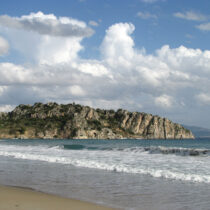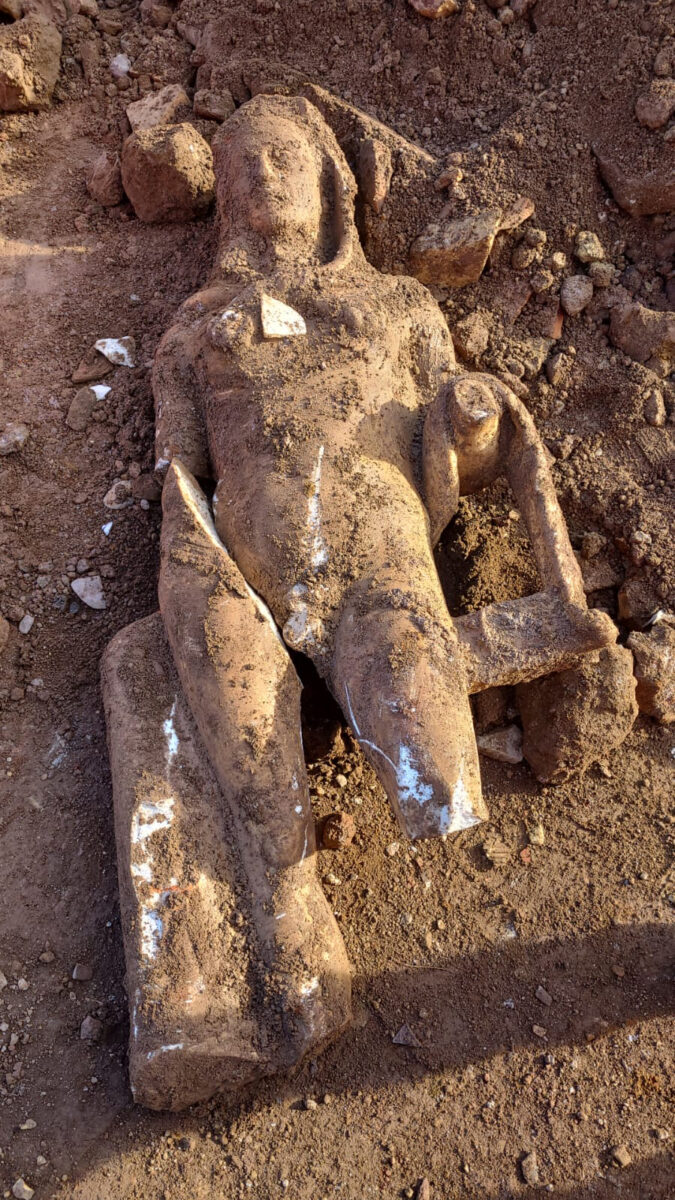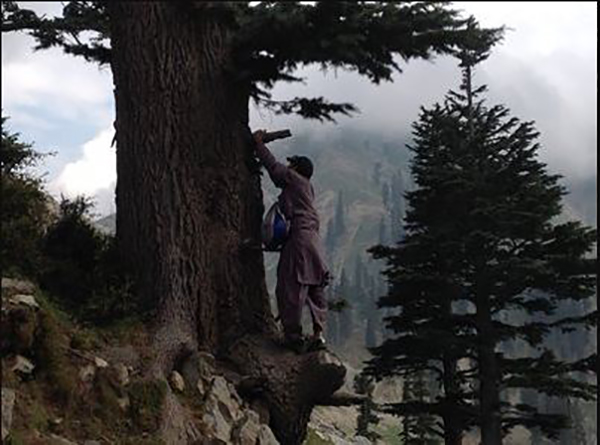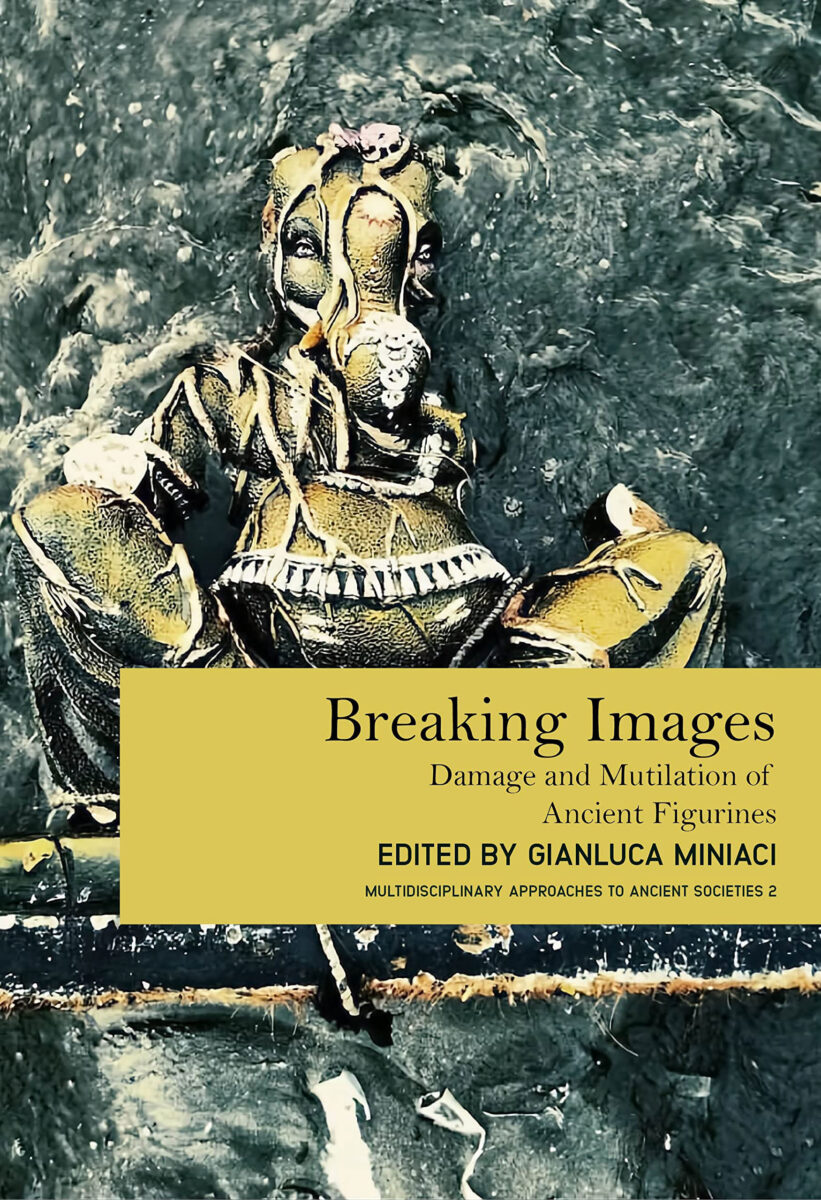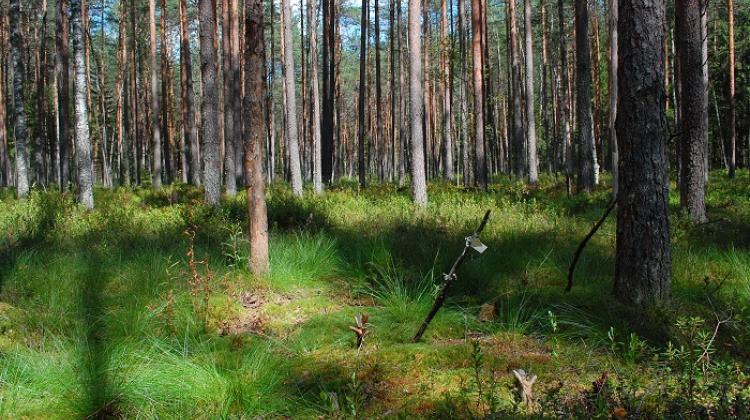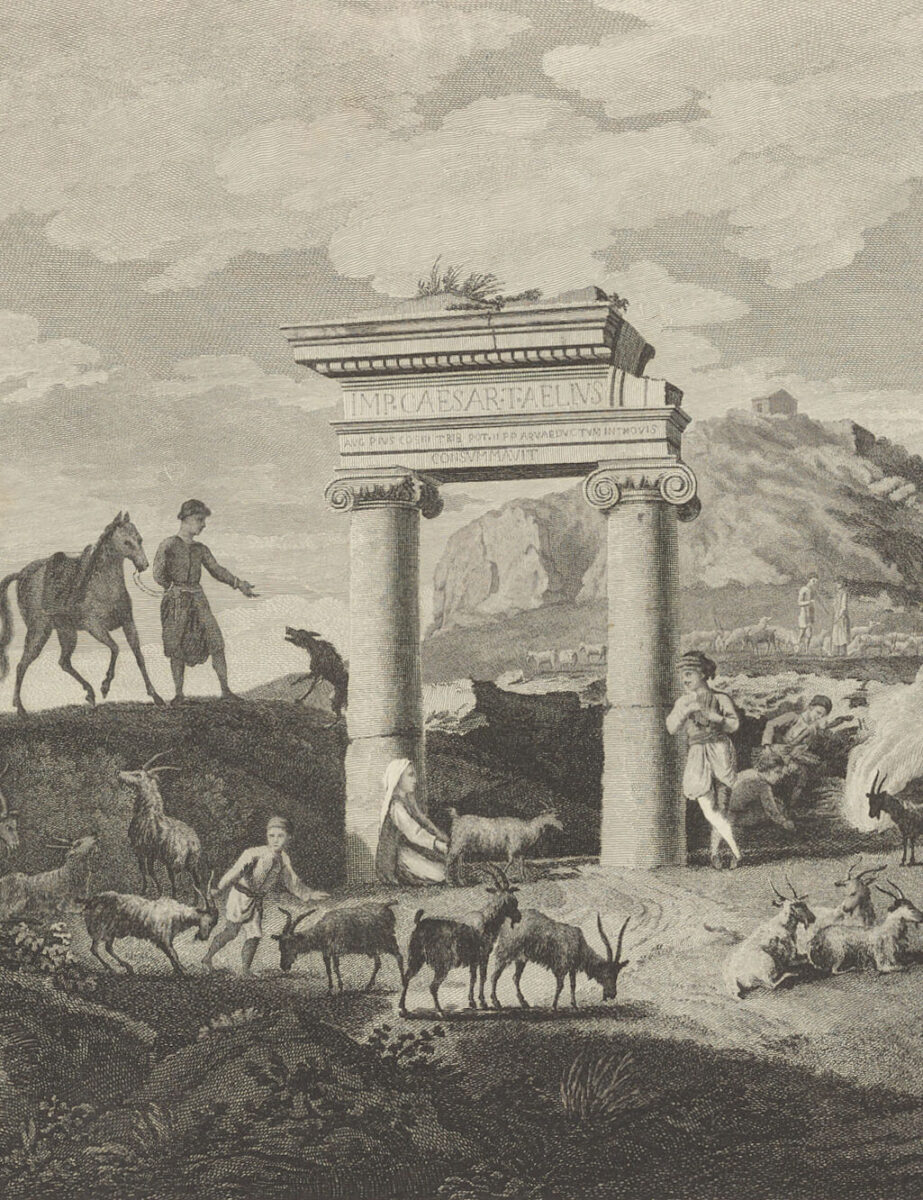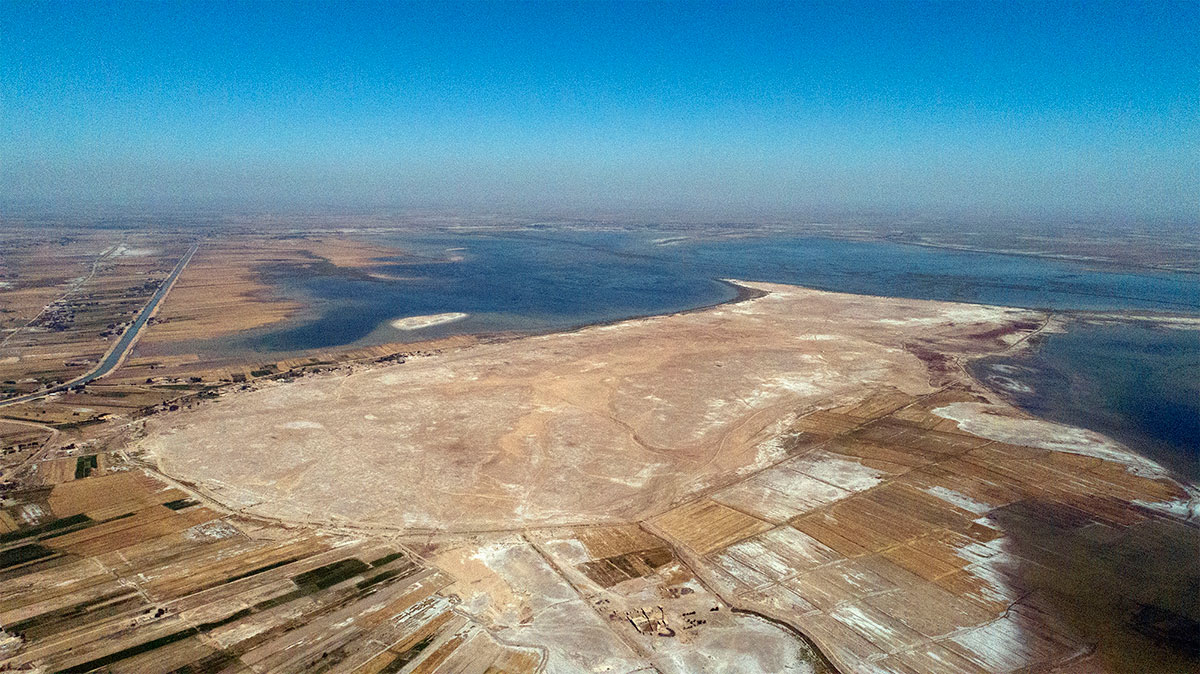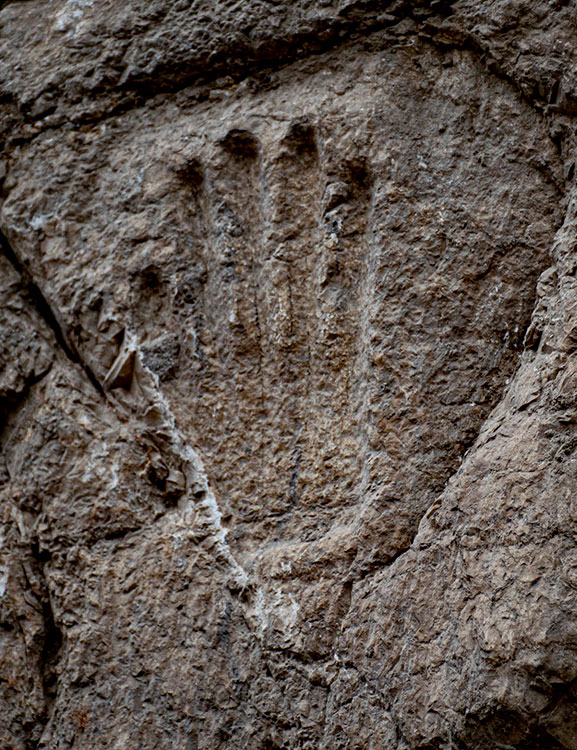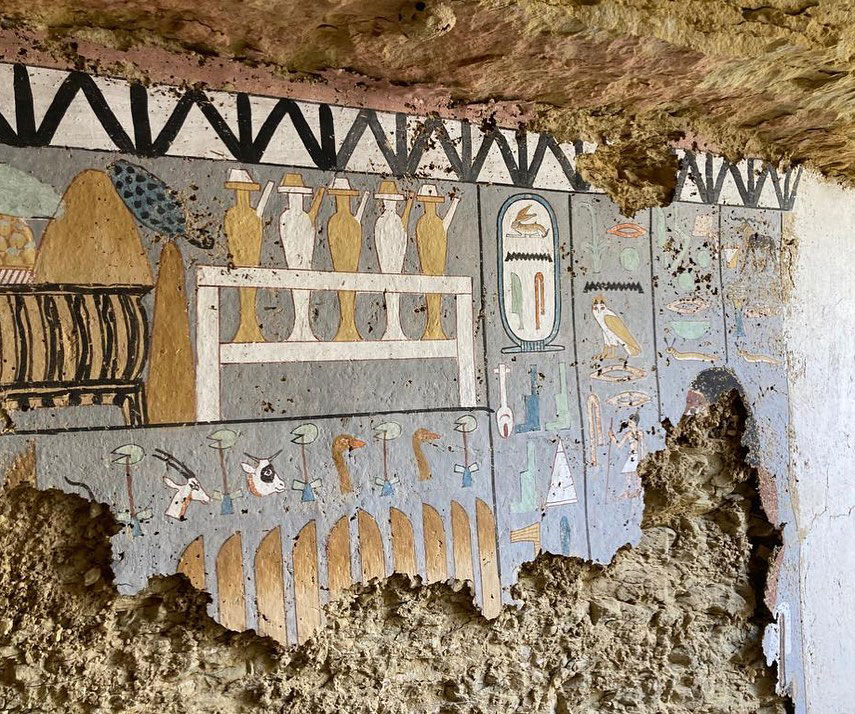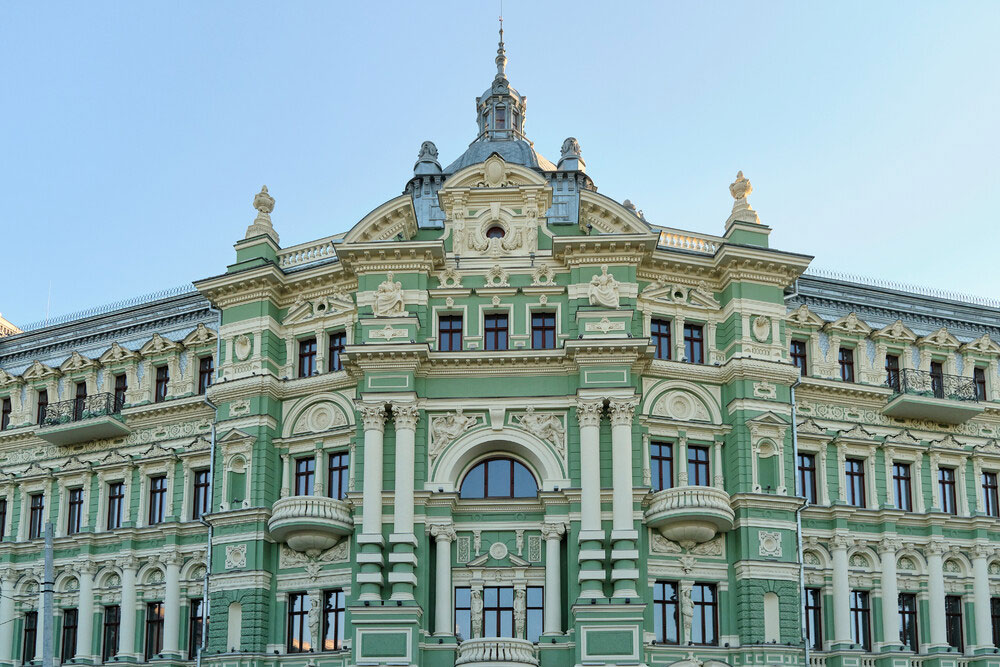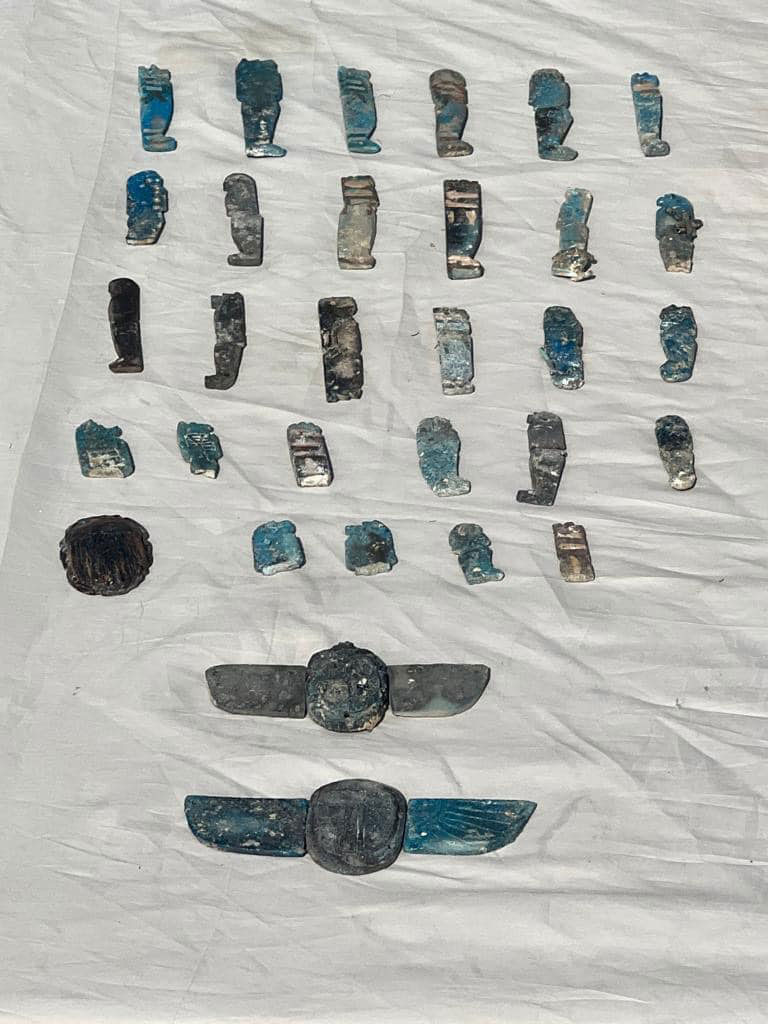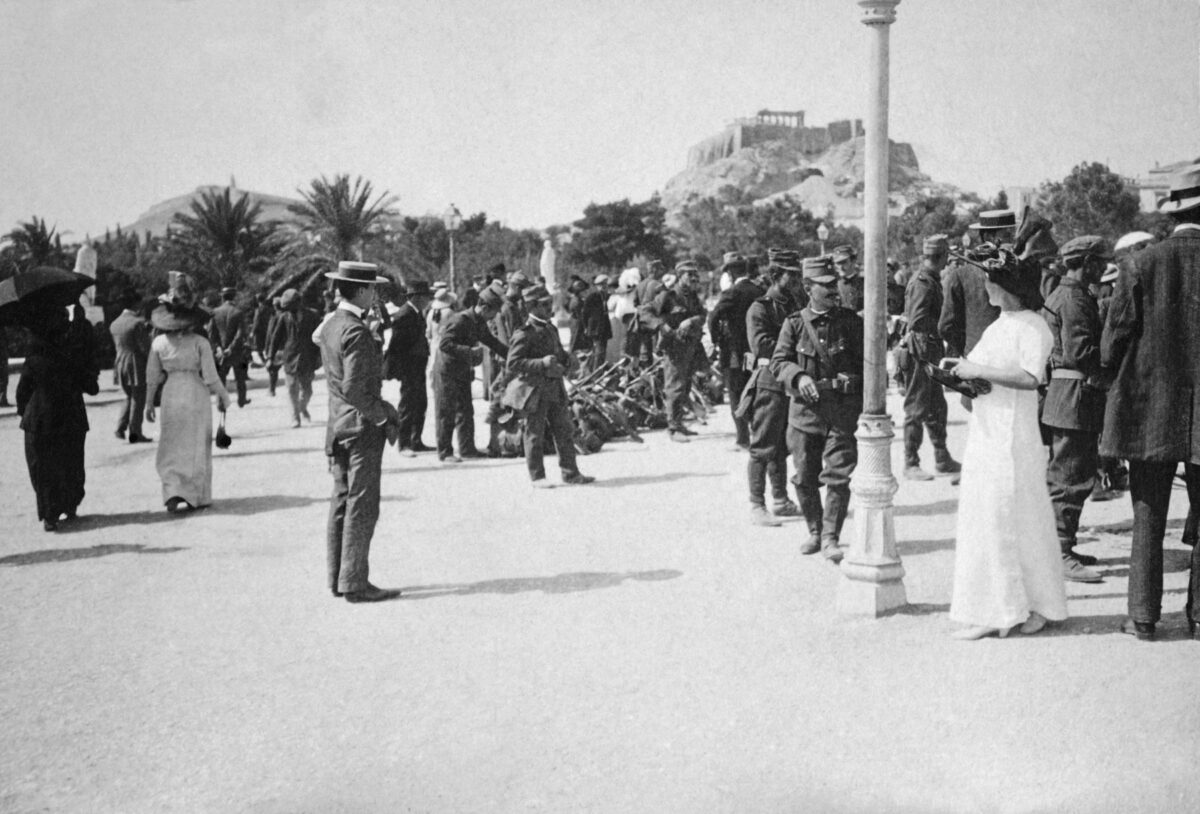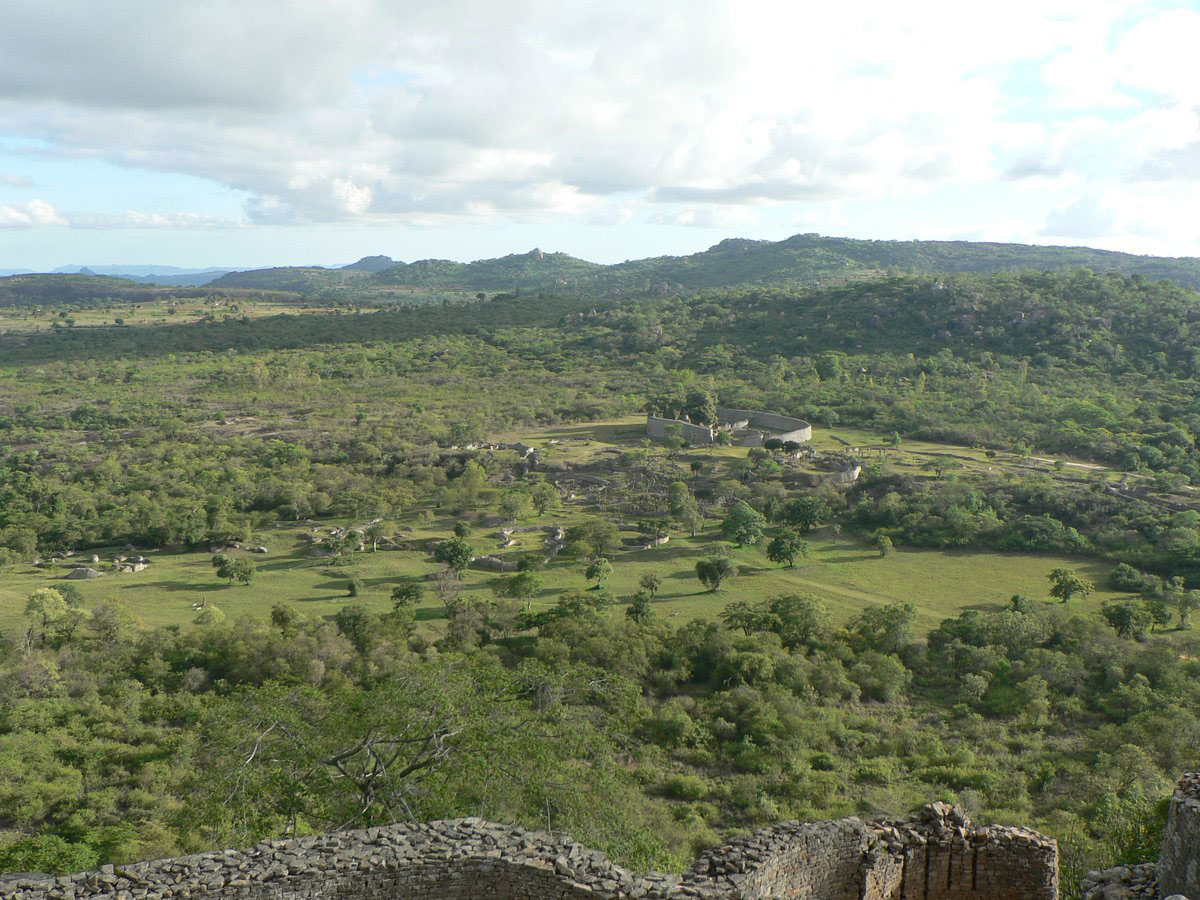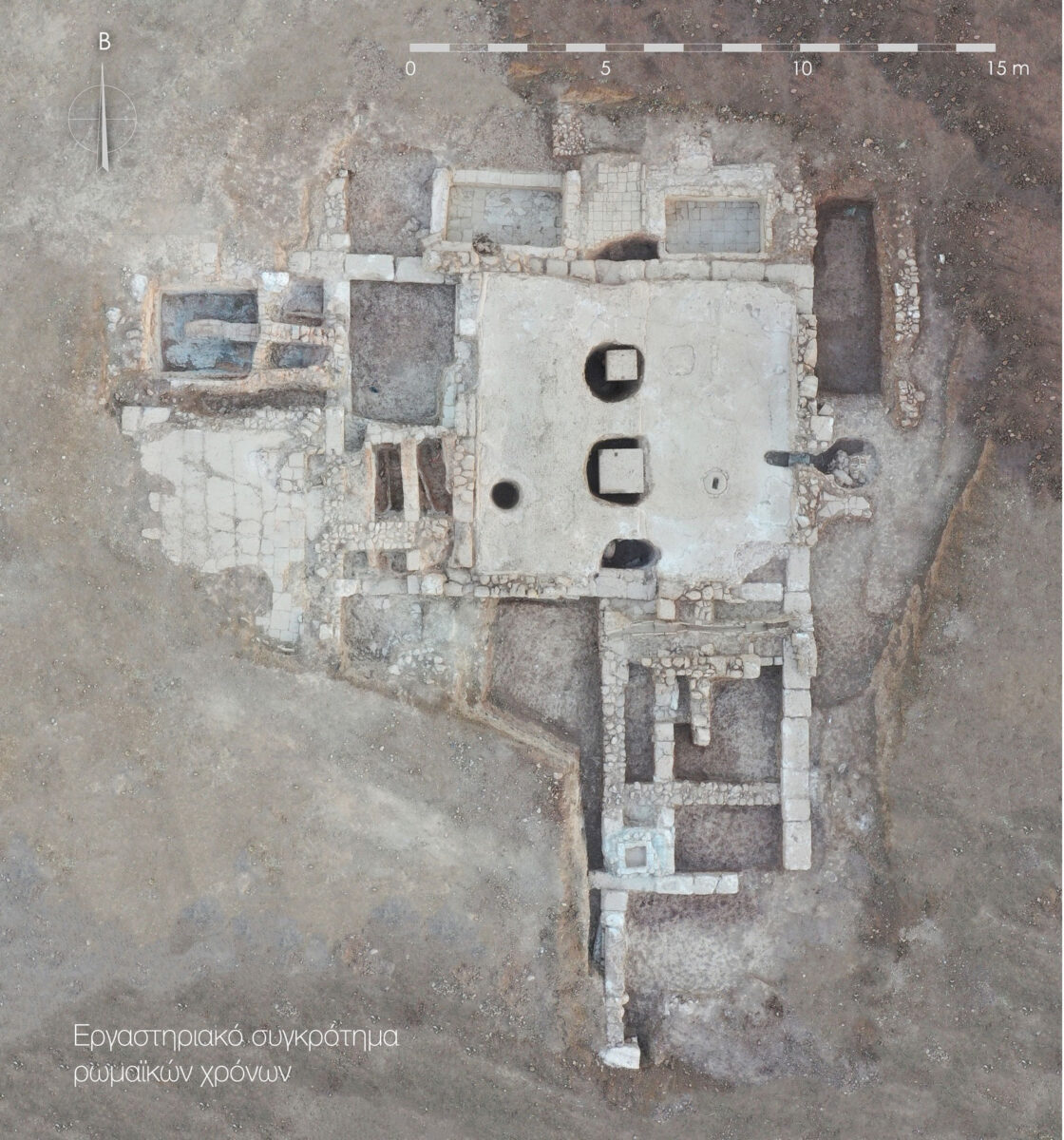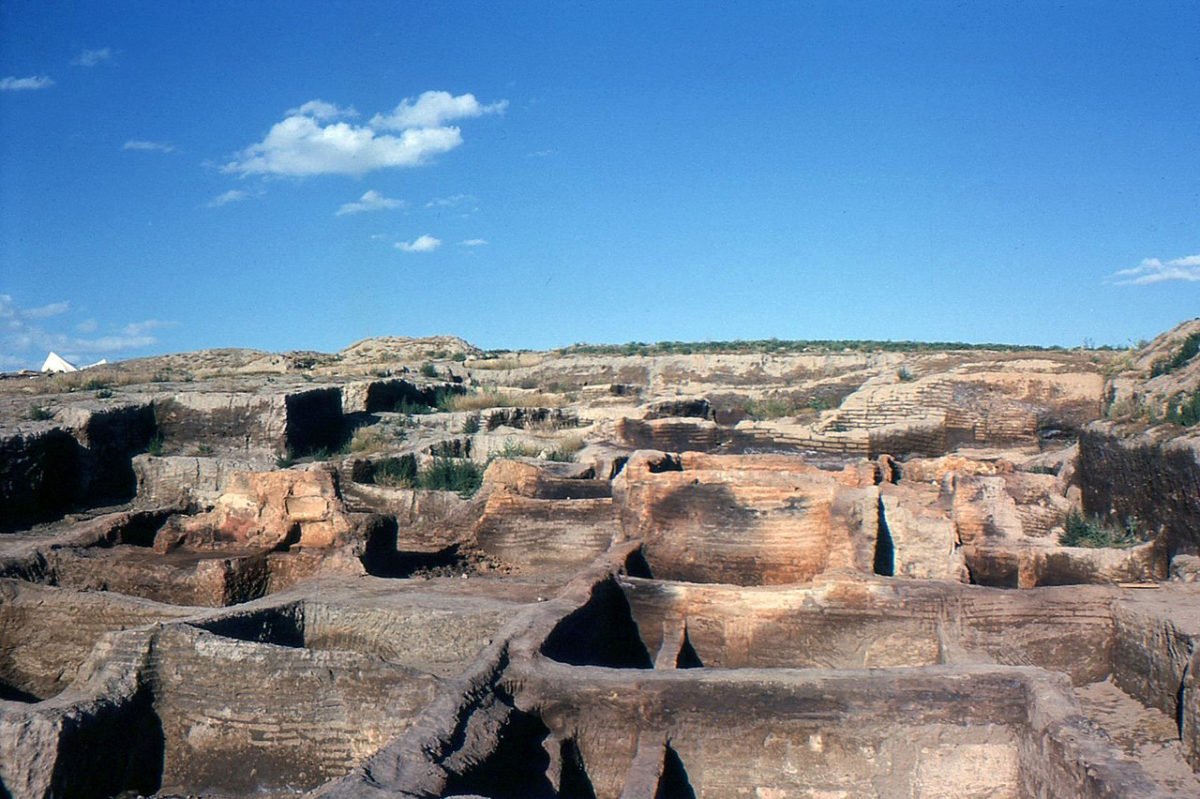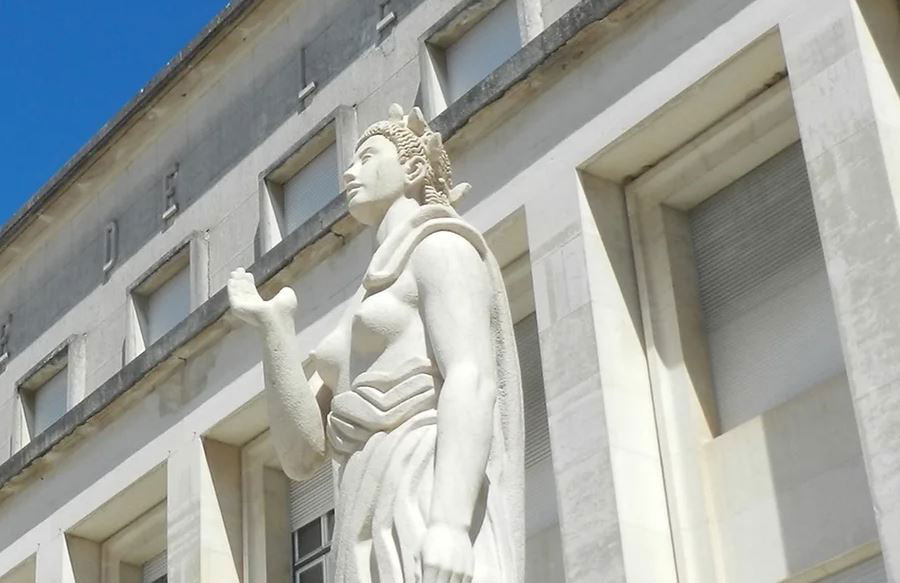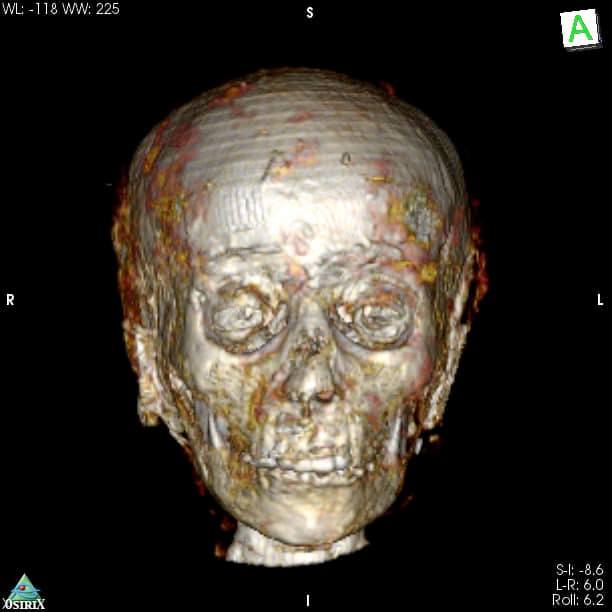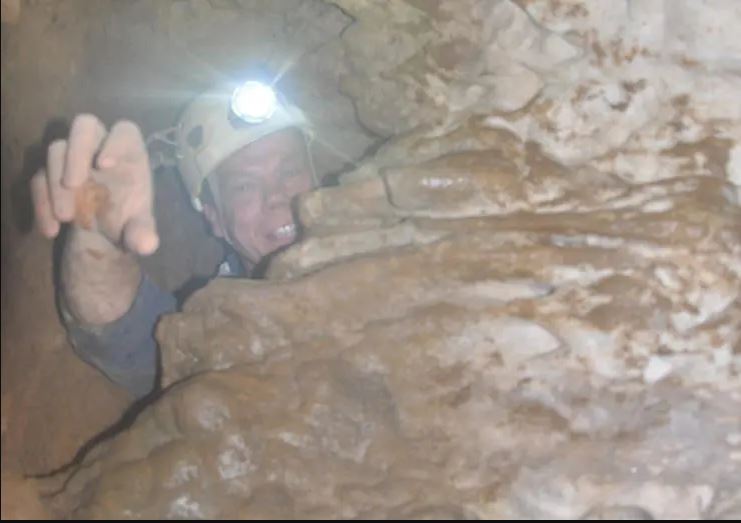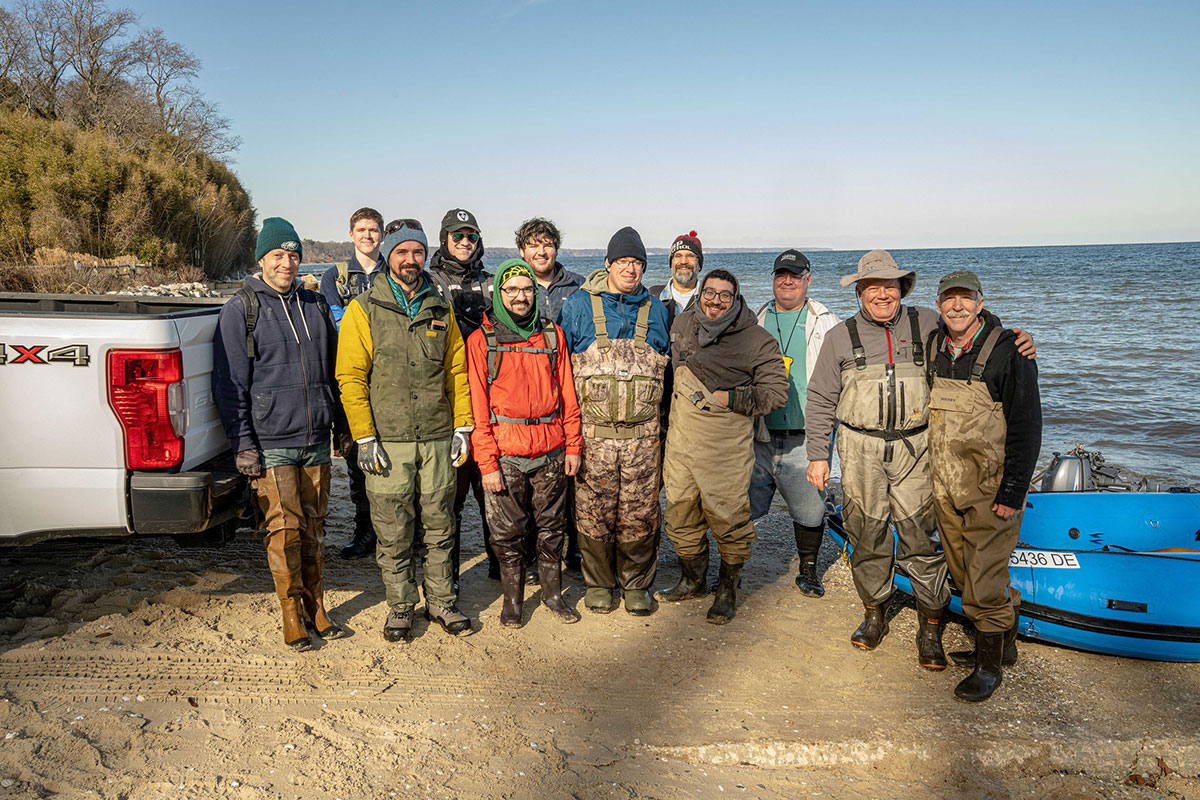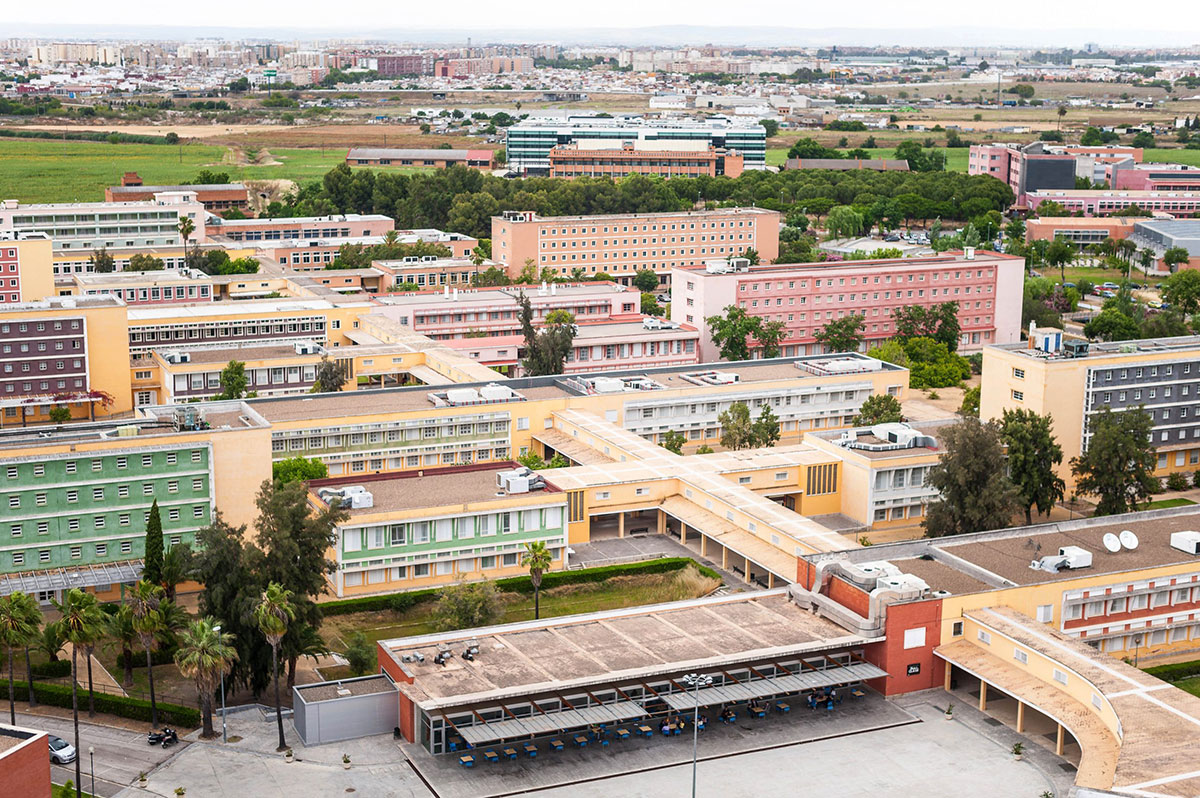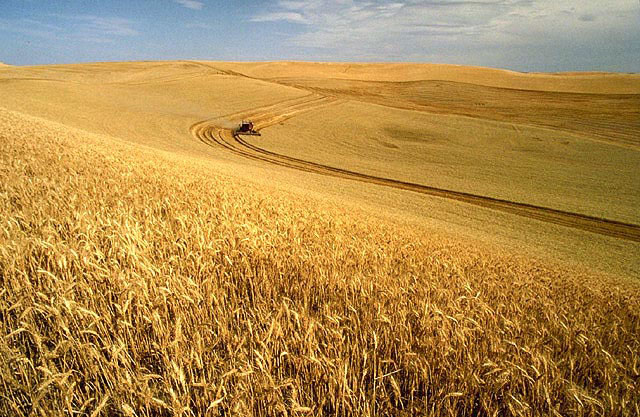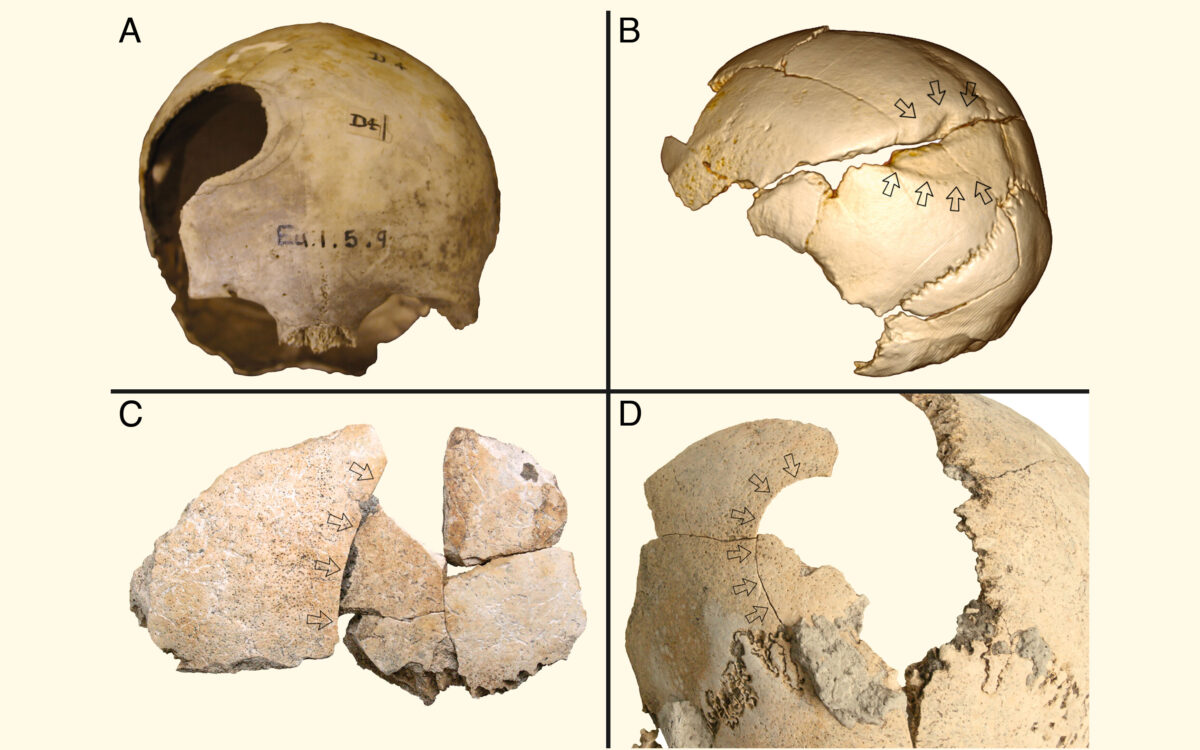Life-sized statue of ‘Hercules’ found on the Appia Antica
A life-sized marble statue of a man wearing a lion skin and carrying a club was discovered in the Appia Antica Archaeological Park.
Tree rings reveal 400 years of rainfall patterns
The study is an important step towards the understanding of long-term changes in the water cycle and will aid in more informed decisions when assessing and managing regional water systems.
Breaking Images: Damage and Mutilation of Ancient Figurines
The scope of this volume is to search for traces of any voluntary and intentional fragmentation of ancient artefacts.
Core reveals prehistory and natural history of Eastern Europe
Core of organic deposits from the Serteya mire in western Russia is an invaluable source of information on the prehistory and natural history of the region.
Roman Attica Project – open access resource
The Project will officially launch with a presentation of the website and the team on February 1, 2023.
At a southern Iraq site, unearthing the archaeological passing of time
Excavations at Lagash led by Penn’s Holly Pittman have resulted in the discovery of urban neighborhoods, tens of thousands of pottery sherds, and much more.
Mysterious hand imprint found next to the City of Jerusalem walls
Elements of ancient Jerusalem’s fortifications and a mysterious hand imprint carved in the rock were uncovered at the Israel Antiquities Authority excavations in Jerusalem.
New important finds from Saqqara
New important finds found at the particular site of Gisr el-Mudir in the famous necropolis near Cairo.
Odesa inscribed on UNESCO’s World Heritage List
The World Heritage Committee on Wednesday decided to inscribe the Historic Centre of Odesa (Ukraine) on the World Heritage List.
Study offers new insight on what ancient noses smelled
New data about the sense of smell in Denisovans and Neanderthals and the role that smell played in adapting to new environments and foods.
Humans have influenced the growth of blue-green algae in lakes
Humans have had an influence on the development of blue-green algae already since the Bronze Age from about 2,000 BC.
Second Intermediate Period burials unearthed in Dra Abu El Naga, Egypt
The Egyptian archaeological mission, headed by Dr. Mostafa Waziri, Secretary General of the Supreme Council of Antiquities, uncovered a group of family burials during excavations at the necropolis of Dra Abu El Naga.
Athens and the Great Idea at the Benaki Museum
The historical documentary and exhibition are important because they showcase unfamiliar images of Athens.
David Hockney: BIGGER & CLOSER (not smaller & further away)
Lightroom presents DAVID HOCKNEY: BIGGER & CLOSER (not smaller & further away), a digital retrospective of David Hockney's Work.
Research uncovers “water” mystery of the first large city in southern Africa
In an area plagued by periods of drought, it is difficult to understand how the great ancient city of Great Zimbabwe thrived for centuries, but the answer to that has now been found.
New finds from Ancient Tenea, Chiliomodi, Corinthia
In October 2022, the work of the systematic archaeological research project in Chiliomodi, Corinthia, was completed under the direction of Archaeologist Dr. Elena Korka
Kinship formation in Neolithic Anatolia helped communities to avoid inbreeding
Early neolithic settlers of villages but also megasites in Anatolia could mate and procreate withing their community, refraining from inbreeding, with the help or kinship-making procedures.
Celtic Conference in Classics, Coimbra 2023
The CCC includes upwards of 20 panels on broad topics in Classics with roughly 15-20 presenters for each panel.
‘Golden’ mummified boy reveals its secrets
CT scans and 3D printing revealed new evidence on the “golden” mummy of a boy, which was
stored in the basement of the Egyptian Museum in Tahrir for more than a century.
Earliest human remains discovered in northern Britain
An international team led by archaeologists at the University of Central Lancashire (UCLan) has discovered the earliest human remains ever found in northern Britain.
Whale skull extraction at Maryland Beach
While combing Matoaka Beach for fossils and shark’s teeth, Pennsylvania resident, Cody Goddard, made a fascinating discovery.
PhD Position at Universidad Pablo de Olavide se Sevilla
The research project "Celebrations of the Empire from the provinces" (2022-2025) offers one fully-funded four-year PhD position.
Agriculture linked to changes in age-independent mortality
New study is first to tie patterns of age-independent human mortality to food production.
Violence was widespread in early farming society
Of the skeletal remains of more than 2300 early farmers from 180 sites dating from around 8000–4000 years ago to, more than one in ten displayed weapon injuries, bioarchaeologists found.
